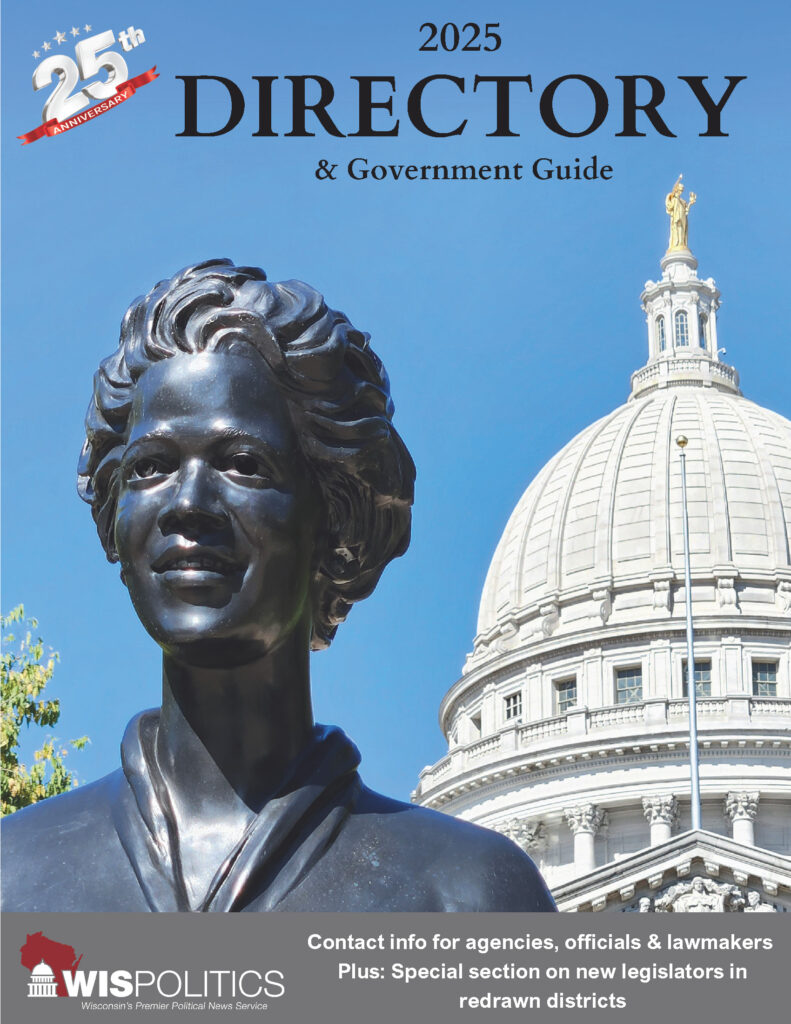While Wisconsin consistently receives fewer federal funds per capita than most other states, the reach of federal dollars throughout our state remains vast -- meaning that federal spending cuts could still have far-ranging impacts here. In every corner of our state, federal funds play a critical role for seniors, veterans, students, the disabled, and low-income families, a new Wisconsin Policy For...
Please log in to access subscriber content.
If you don't have a subscription, please contact schmies@wispolitics.com for subscription options on the WisPolitics-State Affairs platform, which is the new home for WisPolitics subscriber products.


